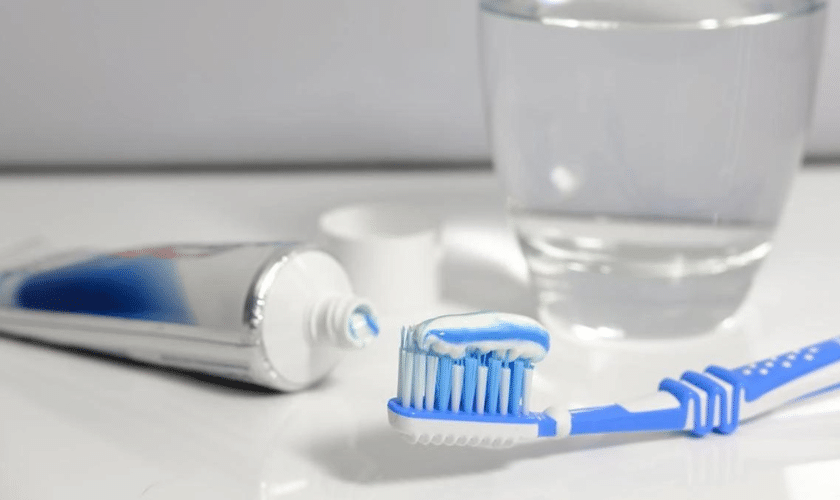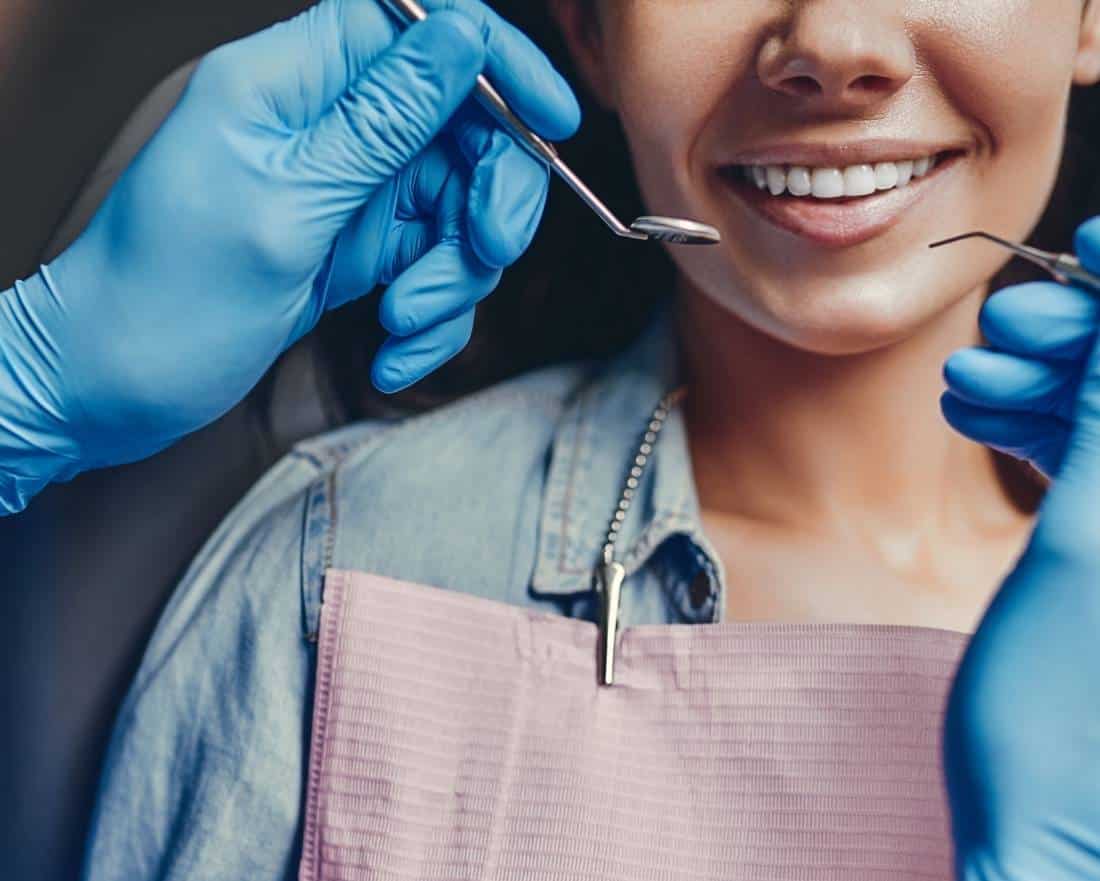908-282-3366
How Often Should You Replace Your Toothbrush?

Maintaining good oral hygiene involves more than just brushing your teeth regularly—it also requires replacing your toothbrush at the appropriate intervals. But how often should you swap out your trusty dental tool for a new one? Let’s explore the guidelines and factors to consider when determining the ideal replacement frequency for your toothbrush.
The American Dental Association (ADA) recommends replacing your toothbrush approximately every three to four months, or sooner if the bristles become frayed or worn. Over time, the bristles on your toothbrush can wear down, reducing their effectiveness in removing plaque and debris from your teeth and gums. By replacing your toothbrush regularly, you ensure optimal cleaning and maintain your oral health.
Here’s what can happen if you don’t switch out your toothbrush often enough
Failing to replace your toothbrush regularly can have adverse effects on your oral health. As the bristles become worn, they lose their ability to effectively remove plaque and bacteria, increasing the risk of cavities, gum disease, and bad breath.
Additionally, old toothbrushes can harbor harmful bacteria and germs, potentially leading to infections or oral health issues.
Here’s what else you should be doing for your teeth
In addition to replacing your toothbrush regularly, there are other essential aspects of oral hygiene to incorporate into your routine. These include:
- Brushing twice daily: Brush your teeth for two minutes, using fluoride toothpaste and gentle, circular motions to clean all surfaces thoroughly.
- Flossing daily: Clean between your teeth and along the gumline with dental floss or interdental brushes to remove plaque and food particles.
- Using mouthwash: Rinse with antimicrobial mouthwash to help reduce plaque, fight bacteria, and freshen your breath.
- Eating a balanced diet: Limit sugary and acidic foods and beverages, opting for nutritious options that support oral health.
- Avoiding tobacco products: Smoking and tobacco use increase the risk of gum disease, tooth decay, and oral cancer, so it’s best to steer clear of these habits.
Signs That You Need to Change Your Toothbrush
- Frayed or splayed bristles: If the bristles on your toothbrush appear worn, bent, or splayed, it’s time for a replacement.
- Discoloration: Toothbrush bristles that have changed color or become stained may indicate the presence of bacteria and should be replaced.
- Foul odor: A persistent foul odor emanating from your toothbrush can signal bacterial growth and necessitate a new toothbrush.
- Illness: If you’ve been sick or recently recovered from an illness, replace your toothbrush to prevent reinfection.
- Sharing: Avoid sharing toothbrushes with others, as this can spread germs and increase the risk of oral health issues. Each person should have their own toothbrush for optimal hygiene.
How Long Do Toothbrushes Usually Last?
The lifespan of a toothbrush depends on factors such as frequency of use, brushing technique, and the condition of the bristles. On average, a toothbrush should be replaced every three to four months to maintain optimal cleaning effectiveness and hygiene.
What’s the Best Kind of Toothbrush to Use?
The best toothbrush for you depends on your individual needs and preferences. Both manual and electric toothbrushes can be effective when used correctly. Choose a toothbrush with soft bristles and a comfortable handle that allows for thorough cleaning of all tooth surfaces and gumline.
Maintain Good Oral Health With Regular Professional Dental Cleanings and Examinations
In addition to practicing good oral hygiene at home, it’s essential to visit your dentist regularly for professional cleanings and examinations. Dentist Montgomery can assess your oral health, detect any issues early on, and provide personalized recommendations for maintaining optimal oral hygiene.
Replacing your toothbrush regularly is a simple yet crucial step in maintaining good oral hygiene and preventing dental problems.
By following the ADA’s recommendation to replace your toothbrush every three to four months, you can ensure effective plaque removal and reduce the risk of cavities, gum disease, and other oral health issues. Incorporate regular dental checkups and professional cleanings into your oral care routine for comprehensive care and optimal oral health.



